Baseball History Comes Alive Now Ranked #2 by Feedspot Among All Internet Baseball History Websites and Blogs!
Guest Submissions from Our Readers Always Welcome!
Subscribe to Baseball History Comes Alive for automatic updates. As a Free Bonus, you’ll get instant access to my Special Report: Gary’s Handy Dandy World Series Reference Guide!
We welcome back Mark Kolier today with an interesting essay on a fine ball player, Frank McCormick, whose achievements have been largely lost over the passage of time. We’re always glad to shine our baseball spotlight on overlooked stars from the past. -GL
Another Edition of Forgotten Stars:
Frank McCormick’s an MVP You’ve Not Heard Of
Comparing merely great players to Hall-of-Famers is a subjective exercise. Two-time MVP winner HOFer Hank Greenberg born in 1911 is remembered as a no-brainer choice for Cooperstown. Yet it took Greenberg nine years to finally gain baseball immortality in finally being inducted!
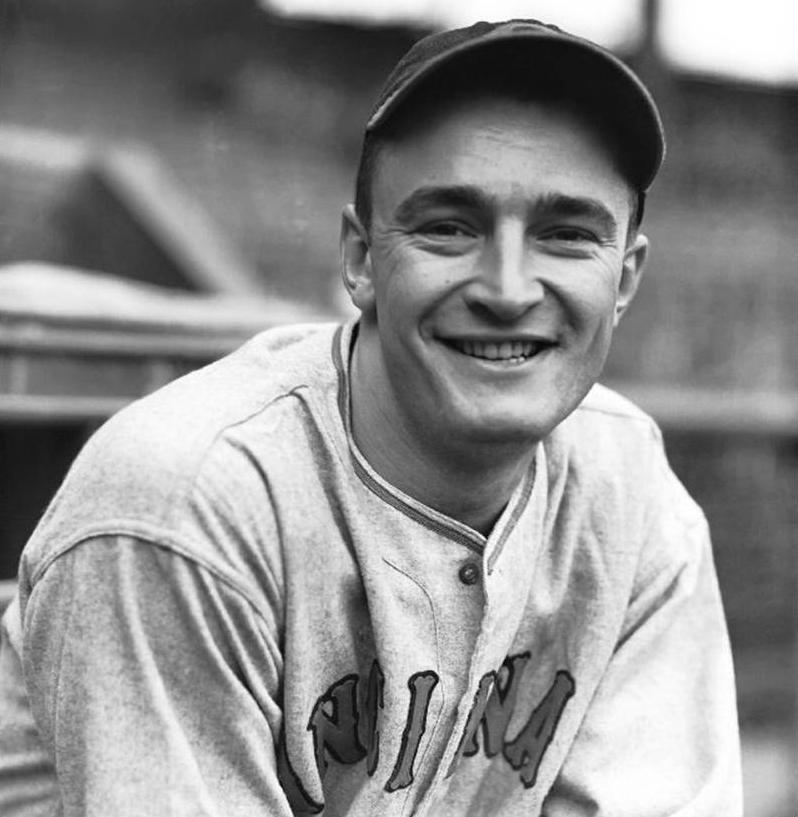
The one-time 1940 MVP for the Reds, Frank McCormick, is merely forgotten and he received only 13 total BBWAA votes, never tabulating more than three percent of votes in his four appearances on HOF ballots. In 2016 McCormick appeared on the ‘Classic Baseball Era’ ballot and did not receive one vote. Time had done nothing to enhance his reputation.
I am not here to advocate that Frank McCormick should be a Hall-of-Famer. At least not a no-brainer HOFer. Winning the NLMVP is no small thing, and McCormick’s career was much more than his stellar 1940 season, a season in which his Reds erased the distaste of a four-game sweep vs. the Yankees in 1939, eking out a World Series win vs. the Tigers four games to three. It just so happened that Hank Greenberg of the Tigers won the AL MVP in 1940 by putting up a truly monster season.
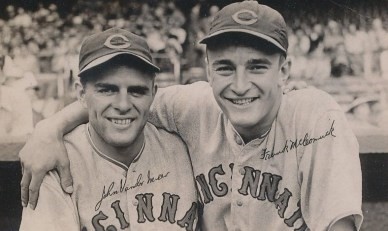
Born on July 9, 1913, in Manhattan NY, McCormick grew up in the Bronx and was both a celebrated basketball and baseball player in his early years. After finishing school, he worked as a packer in a Bronx antiques shop, as he fell short in tryouts with the Senators, Athletics and Giants.
McCormick joined the Reds as a 23-year-old in 1934 jumping Beckley, WV in the Middle Atlantic league (‘C’ ball) for what amounted to a cup of coffee. He played in 12 games batting .313 with an OPS+ of 133. He would not play in MLB again until late in the 1937 season. The young “Buck,” as he was nicknamed, won the first baseman’s job in Cincinnati during the spring of 1938. He made himself invaluable to the Reds batting .327 and leading the National League with 640 at-bats and 209 hits. He also made his first All-Star Game appearance and finished fifth in the MVP voting.
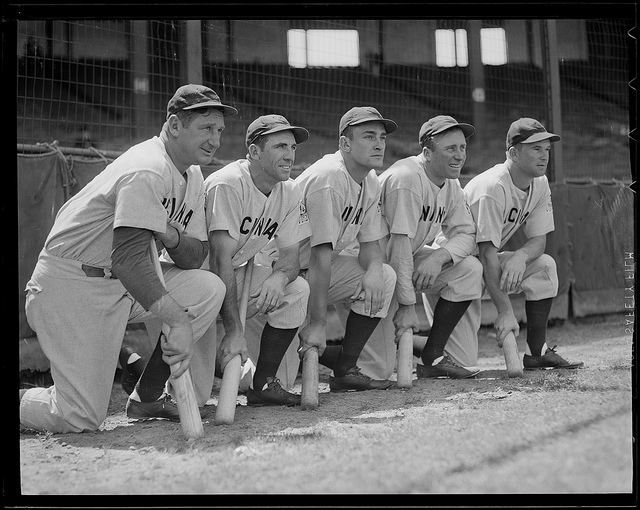
In 1939 McCormick again earned MVP consideration with a .332 average, 18 home runs and league-leading totals in hits (209) and RBI (128). The Reds suddenly became a serious contender and as they improved by 15 wins and won their first NL pennant in 20 years.
McCormick batted .400 (6-for-15) in the 1939 World Series won by the Yankees (their fourth straight), but it was not enough. McCormick came right back in 1940 and did it all over again, batting .309 and leading the NL in at-bats (618), hits (191), and doubles (44). For his exploits McCormick was named the National League’s Most Valuable Player, becoming the third straight Reds player to win the award following Ernie Lombardi in 1938 and Bucky Walters in 1939. No other team has ever had three consecutive different MVPs. The World Series did not go as well for McCormick as he batted .214.
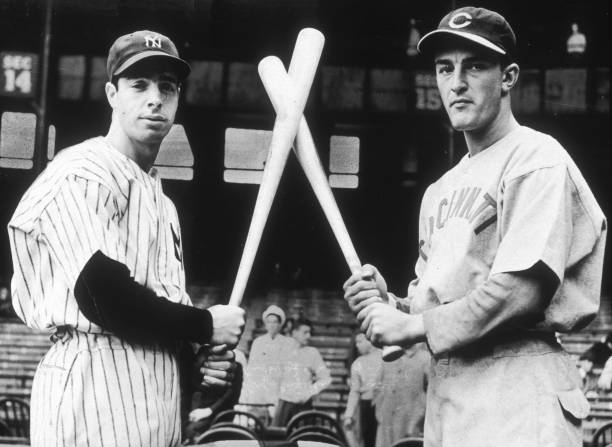
McCormick had seven consecutive All-Star Game selections from 1938-44.
His durability was as impressive as his consistency: Beginning with his full-time debut in 1938, he played in 652 consecutive games and was the majors’ active leader for much of that streak. He was also notoriously hard to strike out, most notably in 1941, when the right-hander fanned just 13 times in a full 154-game slate – or in other words, once every 50 trips to the plate. – From Baseball HOF
The level of consistency displayed by Frank McCormick makes his career stats a little bit boring. He had eight seasons in which he hit .300 or better. 12 straight seasons with an OPS+ over 100. His career OBA is a terrific .348 and a career batting average of .299.
McCormick received equal acclaim for his glove work at first base as he did at the plate. Despite being right-handed, he carried a career .995 fielding percentage at first base, well before Rawlings handed out its first Gold Glove Awards in 1957. From Sept. 1945 to the following Sept. 1946, McCormick played 138 consecutive games without committing an error.
McCormick’s power had begun to wane when the Reds sold him to the Phillies in December 1945. He was named an All-Star for the final time with Philadelphia in 1946, maintaining a .284 average, before the Phillies released him in May 1947. He quickly signed with the Boston Braves and proved he still had life in his bat, pounding a .354 average in the remaining 81 games of the season. The following October, McCormick played in one final World Series, appearing in three games for the Braves before announcing his retirement. McCormick went on to enjoy many more fruitful years in baseball. He managed minor league teams in Quebec and Lima, Ohio before serving as a New York metropolitan area scout for the Phillies from 1952-1955. The following year, he was appointed as a coach on Reds manager Birdie Tebbetts’ staff. – Baseball HOF writer Matt Kelly
Turning to broadcasting, McCormick joined what was a four-man telecast team in 1958 which is also the same year he was inducted as an inaugural member of the Reds’ Hall of Fame. In the 1970s McCormick returned to New York as director of group and season ticket sales for the Yankees.
Frank McCormick died of cancer on November 21, 1982, in Manhasset, N.Y. His 285 doubles and 1,439 hits rank ninth and 12th respectively on the Reds’ all-time lists.
Being dismissed as a Hall-of-Very Good ballplayer happens to many MVPs. Think of Terry Pendleton (1991), Jeff Burroughs (1974), and Zoilo Versalles (1965) whose MVP awards did not get them far in HOF voting. All three of those players had lower career bWAR totals than McCormick’s 31.7.
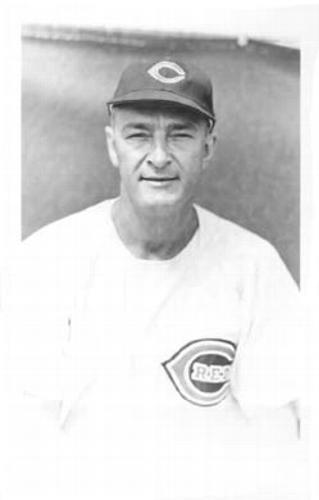
The delayed start to Frank McCormick’s career robbed him of higher overall career stats. But with 128 career homers and 954 career RBIs, three seasons added to his resume still would have had his power numbers a shade below that of the big boppers who were played at the time including Hank Greenberg and Jimmie Foxx.
In Reds first base history McCormick compares well with Ted Kluszewski and outpaced Sean Casey, but he falls a bit short of HOFer Tony Perez. It’s also likely that McCormick would be more appreciated today using more advanced metrics than he was when he played – a bit like John Olerud. Joey Votto will have his place in Cooperstown one day and will be wearing a Reds cap.
Frank McCormick seems to have been under-appreciated but should not be!
Mark Kolier
Subscribe to our website, Baseball History Comes Alive with over 1500 fully categorized baseball essays and photo galleries, now surpassing the one million hits mark with over 1,204,000 hits and over 950 subscribers: https://wp.me/P7a04E-2he

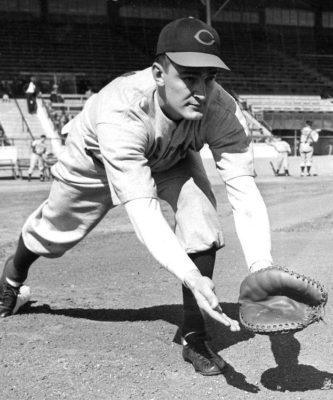
Thanks Mark…really enjoyed reading about the career of this overlooked star.
Thank you Gary and I knew you were familiar with him!
Mark